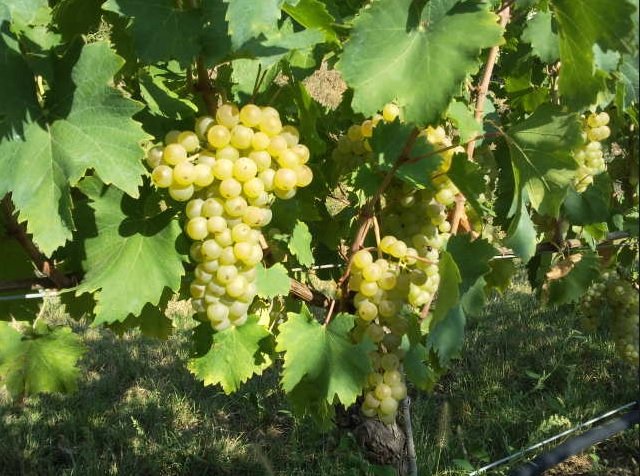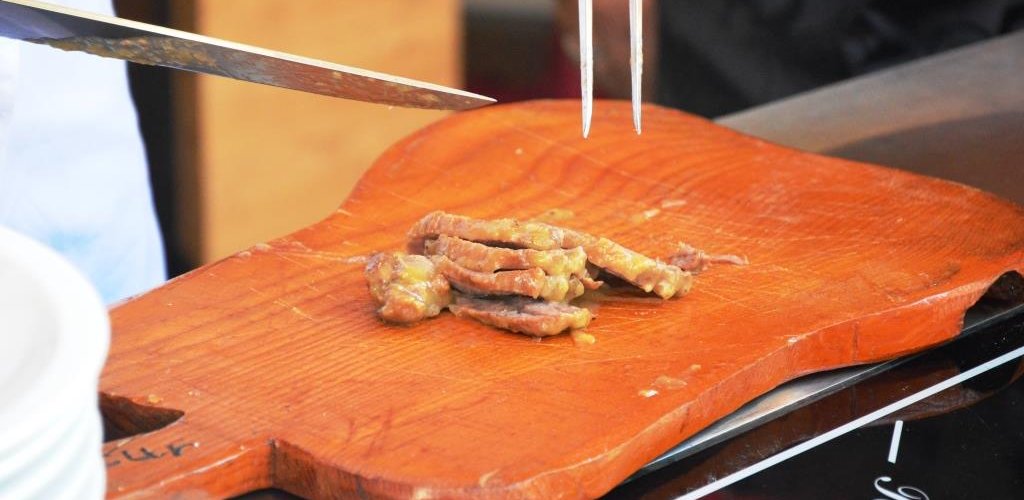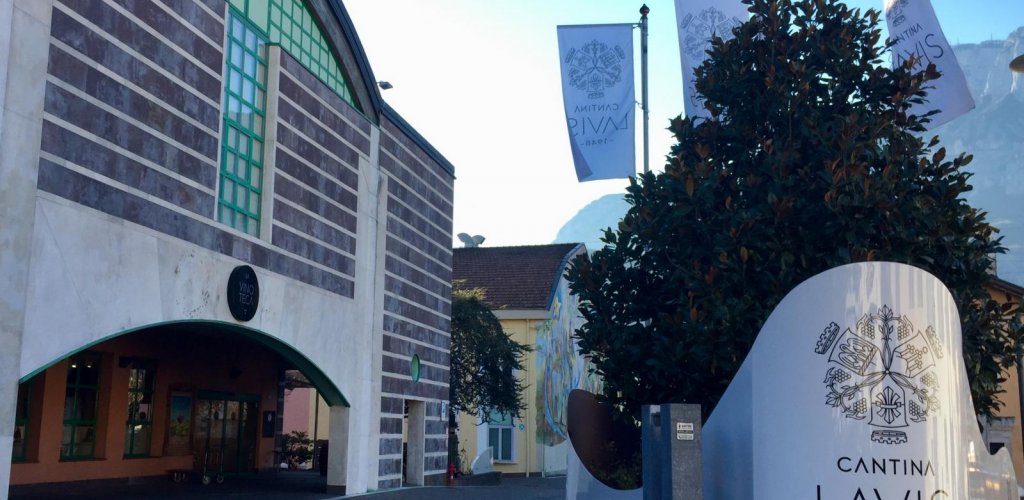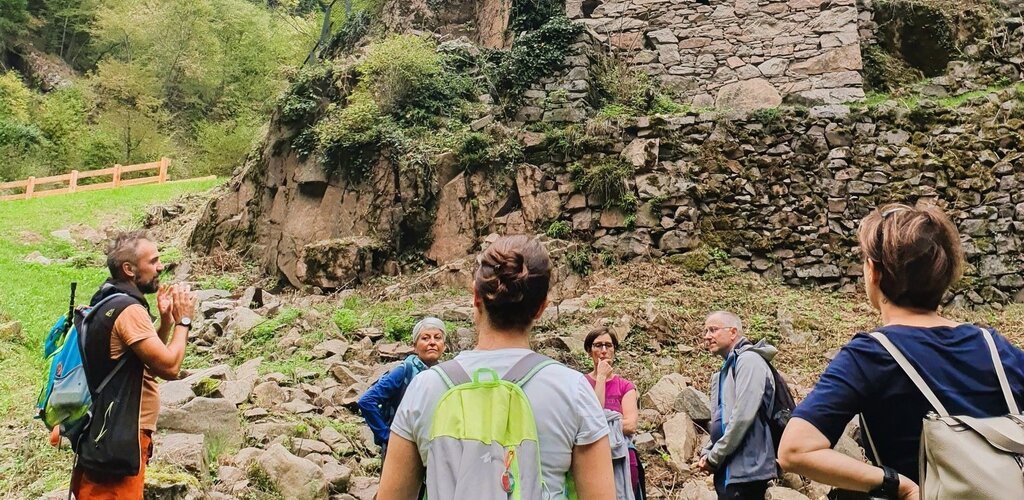

Nosiola
Nosiola, a wine connected to a specific, single geographic area: Trentino. It is so deep-rooted in the local winemaking tradition that it is the focus of an amusing dispute between two localities: should it be called “la Nosiola” (in its feminine declension), considered the prime jewel of the Valle dei Laghi - speckled with eight splendid alpine lakes, set between Trento, the Valle del Sarca, the Brenta Dolomites and Lake Garda – or “il Nosiola” (in its masculine declension), local grape variety of the hills above Lavis, towards the Valle di Cembra? Furthermore, why is it that the Vallagarina also boasts ancient viticultural ties to this white grape variety?
Different farming methods, different adaptations to the soil and climatic conditions , different winemaking techniques. Style, character, interpretation and pride of the vine-grower. Traditional methods combined to innovative strategies that must take into account the specific local conditions and culture. Otherwise, there is the risk of producing a standardised wine instead of a symbol of specific traditions, costumes and expertise. Do not forget that the same Nosiola grapes are used to produce the rare and precious Vino Santo Trentino, – though only in the Valle dei Laghi – the passito wine par excellence, unique in its winemaking style the world over.
Nosiola: a variety that demands a deep understanding of its viticultural needs to be able to produce its unusual wines. Nosiola: varied even in its phonetic interpretation. In fact, the vine-growers of Valle dei Laghi assign the same gender to the variety, grape and wine: feminine. For them, it's “la Nosiola”. A declension given as tribute, respect and fondness for a simple, honest wine that epitomizes the farmer’s kindness and openness.
In other areas where it is still grown, around Rovereto and on the hills of Lavis, Nosiola has a masculine declension: “il Nosiola”. Different ways of interpreting a grape variety harvested from the deeply rooted vines of Trentino. So much so, that Nosiola is tantamount to naming the Trentino D.O.C. white wine, its vineyards and the land it inhabits.
The areas where this variety is expressed at its best is Valle dei Laghi and the Toblino plain. Here Nosiola is mainly produced as a dry white wine but also as Vino Santo. In the local wineries of the villages near Castel Toblino, it is customary to celebrate Easter, the Glory of Christ’s Resurrection, by wetting one’s eyes with a drop of the latest vintage white wine, which is in fact ready for the time of the Holy Week. The wetting of the eyes, a peasant ritual that welcomes the new farming season and the countryside’s return to life, is an event that, not surprisingly, also coincides with the period for crushing the grapes used to produce Vino Santo. The Nosiola grapes are harvested at the height of their ripeness, left to dry on racks – called ‘aréle’ – and crushed only in the days preceding Easter, the Holy Week. The wine’s name is thus derived: Vino Santo, Holy Wine. The ensuing transformation of the must to Vino Santo is a very slow process that takes 6 long years of patient resting in small wooden barrels.
Tasting notes
Colour
The wine has a straw-yellow colour with greenish highlights. It is marked by a fine bouquet with nuances of white flowers and unripe fruit.
Aroma
Delicate notes with faint fruity nuances.
Taste
Dry and pleasantly fresh, there is a hint of fruitiness and well-balanced flavours with a slight almond aftertaste.
Food and wine pairing
Excellent as an aperitif, it is also perfect with lake fish dishes, such as breaded perch or steamed trout, un-smoked cured-meats, fried courgette flowers or courgettes.
Serving temperature
10°- 12°
Source: Palazzo Roccabruna - Enoteca Provinciale del Trentino






